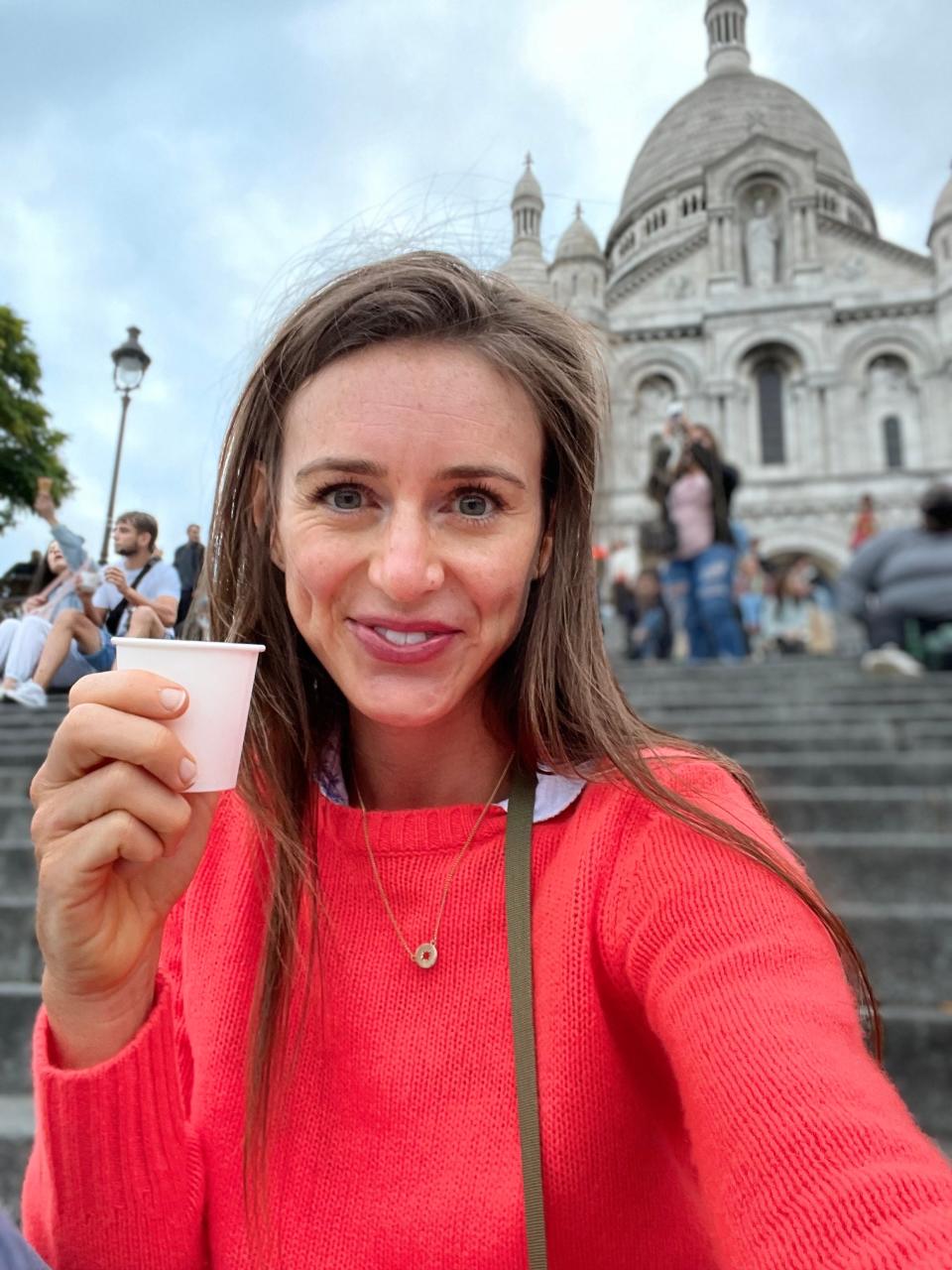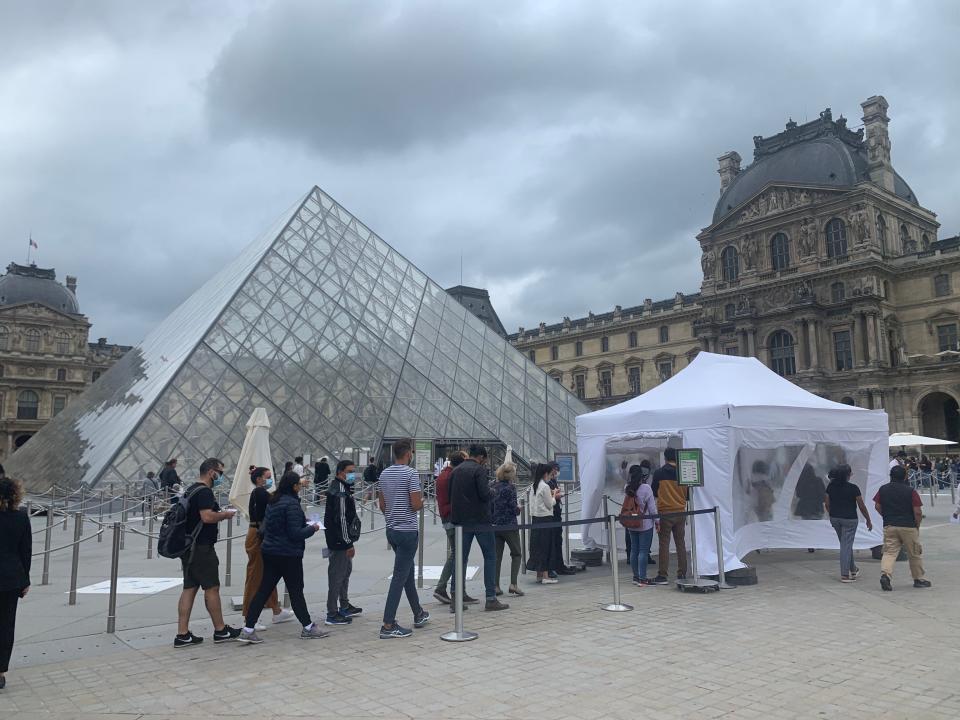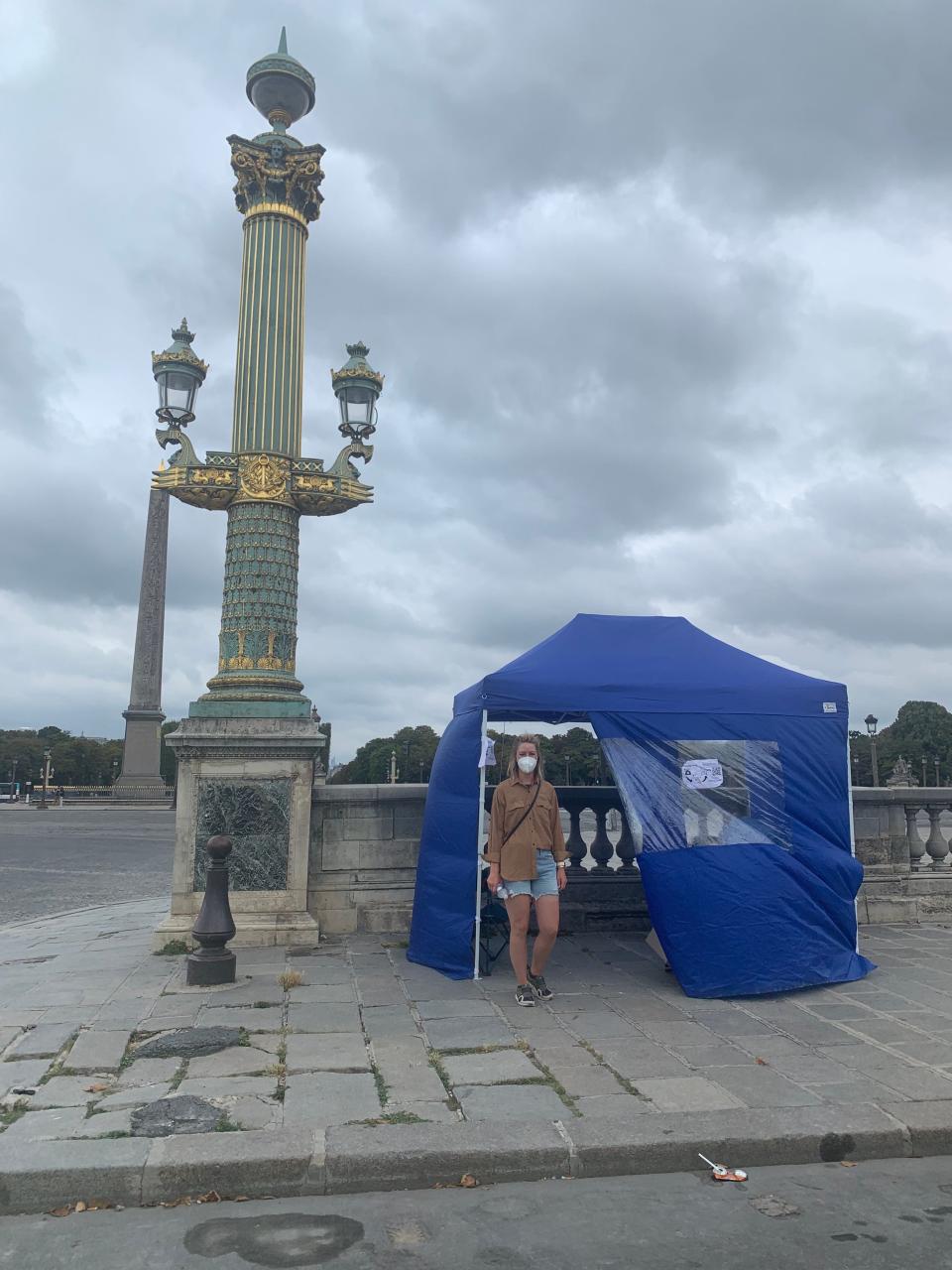An American in Paris: Here's what it's like for vaccinated tourists right now
When the EU reopened to Americans in July, I pounced on a ticket to Paris. I studied abroad in Paris and know it well. But navigating the new COVID-19 requirements? Fortunately, it’s easier than it looks.
And despite getting my purse stolen at the Eiffel Tower, I fell further in love with the City of Lights. If you’re thinking about traveling to Paris soon, here’s what to expect:
France reopened to all Americans in June. Despite the EU’s recent recommendation for member countries to ban Americans, it’s still open – at least to vaccinated U.S. residents. It has banned unvaccinated U.S. leisure travelers effective last Sunday. Unvaccinated individuals now must have a compelling reason to enter the country and are subject to a seven-day quarantine upon arrival.
Vaccinated travelers need proof they received both doses of an EU-approved vaccine (AstraZeneca, Johnson & Johnson, Moderna and Pfizer). My traveling companion and I were able to enter France with just our Centers for Disease Control and Prevention cards and passports, no test needed.
► France, Spain: List of EU countries restricting U.S. travelers growing
► Can Americans travel to France? Tourists will need COVID vaccine proof

But Americans do need to sign a statement saying they don’t have COVID-19 symptoms and haven’t been in recent contact with someone who has. Before our departure, Air France emailed us a reminder link to the statement. We signed it online and took a screenshot to show the ticket agent.
Upon arriving at Charles De Gaulle, we slid into an Uber headed for Hotel Fauchon – TripAdvisor’s second-ranked hotel out of 1,869 hotels in Paris. Home to one of the world’s best minibars, it’s the perfect property to indulge in after 18 months of staying home. While we raised our welcome drinks for a toast, the receptionist looked at our CDC cards. They functioned as our health passes.

► France restrictions: COVID pass needed in restaurants, trains as delta variant rises
In Paris, the health pass – a personalized QR code – is required to enter most hotels, restaurants, museums, shops and movie theaters. As of Aug. 9, you no longer have to be vaccinated in Europe to get one. To apply, visit the portal on the France Diplomacy website, where you'll be asked to upload copies of your passport, plane ticket and vaccine certificate as well as supplying your contact information and the dates of your arrival, departure and shots. You'll be assigned a QR code you'll present when entering restricted establishments.
While the U.S. Embassy’s website says CDC cards will be accepted to enter France but not within France, that’s not what we experienced. Our CDC cards were accepted everywhere.
We tried our best to do Paris justice in just four days. Everything seemed open, albeit some places at limited capacity. Masks were only required indoors, and hand sanitizing stations were everywhere.
I got my hair done for the first time since the pandemic started at Patrick & Marcel, a salon catering to Fashion Week clientele and American expats. We walked around the exterior of Notre Dame, admiring the artwork murals sent in by thousands of schoolchildren and looking at photos of the restoration process. If things go as planned, Notre Dame Cathedral should fully reopen by 2024, in time for the Paris Olympics and five years after it was devastated by a fire.
We people-watched from Grand Café Fauchon’s street-facing tables and sipped champagne in the garden at the recently renovated Le Jardin Français (its sister Michelin-starred restaurants at Le Bristol are scheduled to open in October).
We soaked up 360-degree views of Paris’ most iconic monuments at Sequoia, the city’s newest of its few rooftop bars. When we got tired of French food, we dined at Montecito, a courtyard restaurant at the new Kimpton St Honoré Paris serving elevated California-themed fare. When money became tight, we bought a 4 euros ($4.72) bottle of wine and sat on the Sacré-Cœur Basilica steps for a bird's-eye view of the sunset.
Of course, no trip to Paris is complete without shopping and museum hopping. We tried on designer pieces we could never afford and took advantage of end-of-summer sales at Le Bon Marché and Galeries Lafayette.

We encountered crowds but not the usual throngs of tourists at the Louvre, Musée d'Orsay and the Pompidou. The only time we felt uncomfortable with the number of people in a confined space was over late-night steak and pommes frites (French fries) at Bouillon Pigalle. That was to be expected given it’s the only sit-down restaurant near the Moulin Rouge serving dinner past midnight.
The only time we felt unsafe was that unfortunate night at the Eiffel Tower. It was our final night on my American friend’s first trip to Europe. I hate that she boarded her flight to Chicago knowing she was leaving me behind to figure out how to get a new passport. The downside of using your CDC card and passport as your health pass is if your bag gets stolen, they get stolen, too.

To reenter the U.S., my friend just needed a negative COVID-19 test. She got hers at a tent below the Luxor Obelisk. Outdoor testing sites are everywhere in Paris, walk-ins are welcome and test results arrive via email within an hour.
I’ll be in Paris for up to two weeks while I wait for my new passport. Fortunately, places are letting me in when I show paper copies of my passport and CDC card and explain the originals were stolen. Locals are providing directions, translating for me at the police station and offering to lend me money. A waiter named Luis even invited me to crash at his apartment. Parisian apartments are small. That’s a big offer.
When I can no longer afford my discounted rate (thanks to my sob story) at Hotel Helussi, I may take him up on it. But for now, I’ll just be content being an American in Paris. There are worse places to be stuck – whether it’s because of a pandemic or a stolen passport).
This article originally appeared on USA TODAY: International travel: What Paris is like for visiting Americans now

